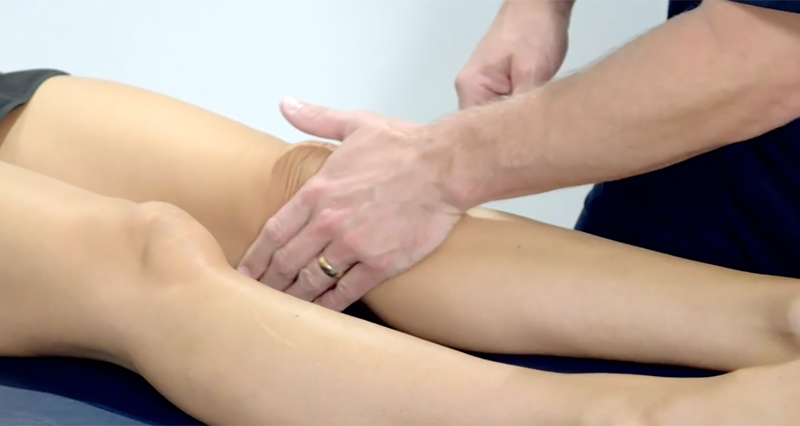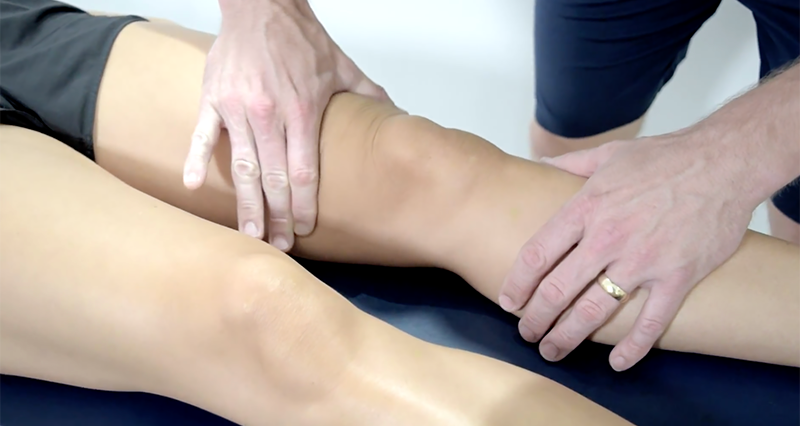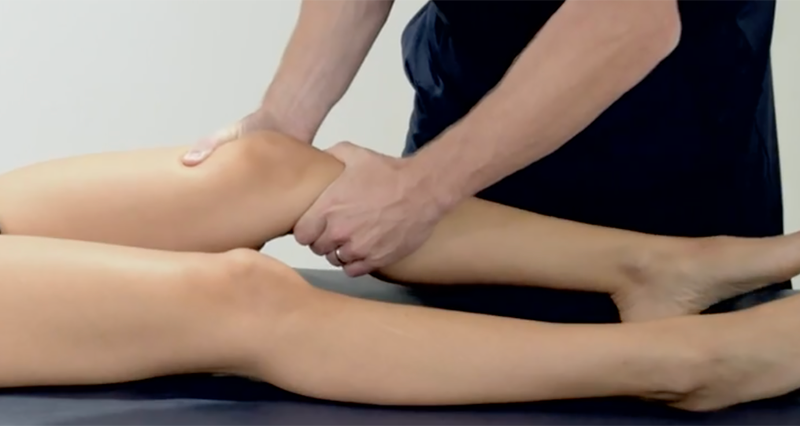McMurray’s test evaluates meniscal tears by combining knee flexion, rotation, and extension. Named after Orthopaedic surgeon Thomas Porter McMurray, who described it in the early 20th century, this test identifies potential tears.
What is a Meniscus tear?
A lateral meniscus tear involves damage to the semi-circular cartilage on the outside of the knee joint. This injury can emerge suddenly from actions like twisting or from a traumatic collision. Alternatively, it might develop slowly due to wear and tear or excessive use.
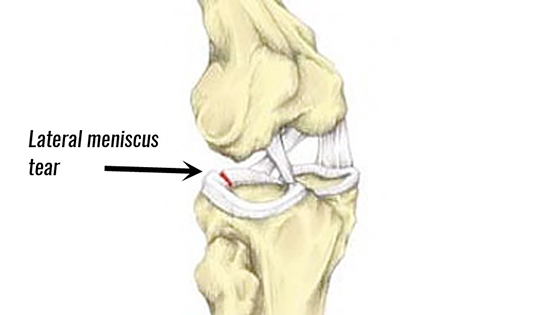
A medial meniscus tear occurs more commonly on the inside of the knee. It often results from a direct impact during contact sports or from twisting movements. Like its lateral counterpart, it can also appear in older athletes due to gradual cartilage degeneration.
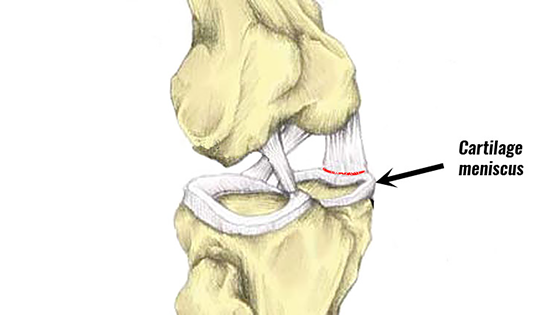
How to perform McMurray’s test
Lie the patient on their back on an examination table with the legs extended. Then, stand beside the patient’s affected knee, grasp the heel with one hand, and stabilize the knee with the other. Flex the knee fully while rotating the lower leg outward, then, maintain the rotation and slowly extend the knee.

What is a positive McMurray’s test?
Pain, clicking or catching sensations in the knee indicates a positive test result. In particular, the pain or clicking location helps pinpoint the suspected meniscal injury site.
Considerations
A positive McMurray’s test doesn’t confirm a meniscal tear, it suggests a possibility, often requiring further investigation like MRI. Overall, clinicians should interpret McMurray’s test cautiously, considering the patient’s clinical presentation and other examination findings.
